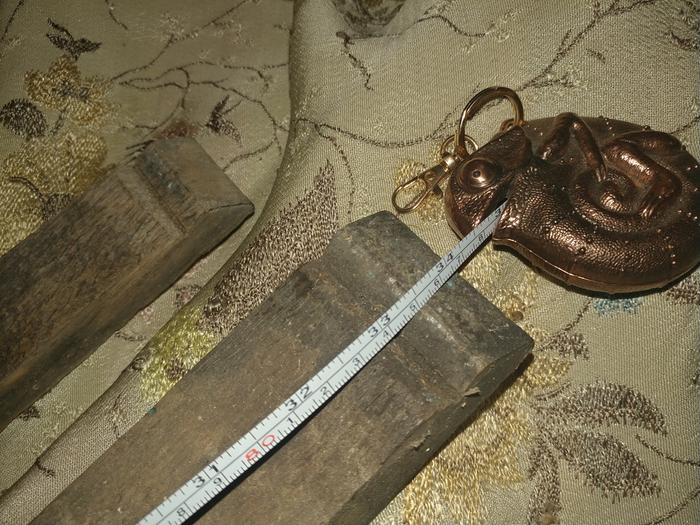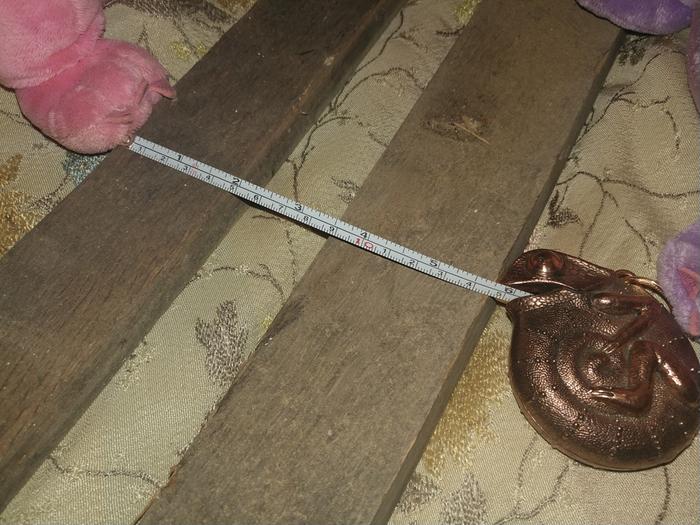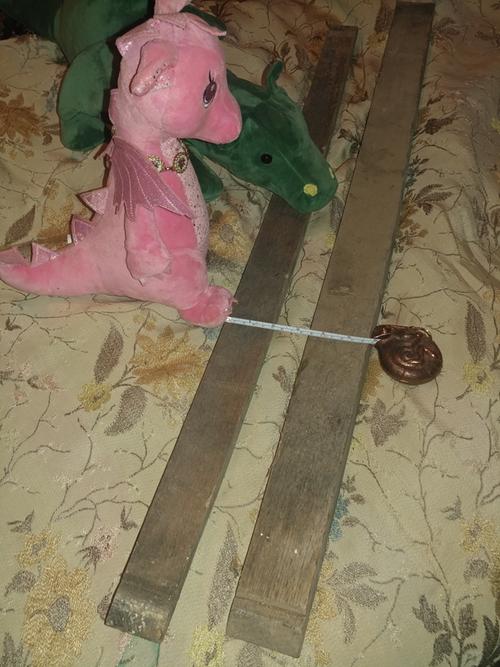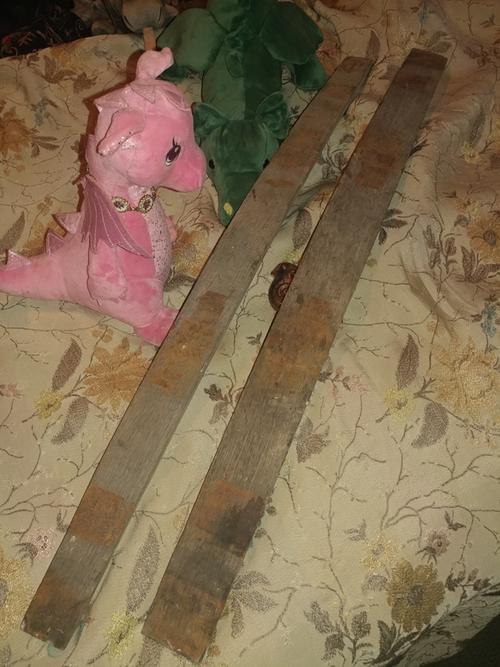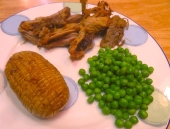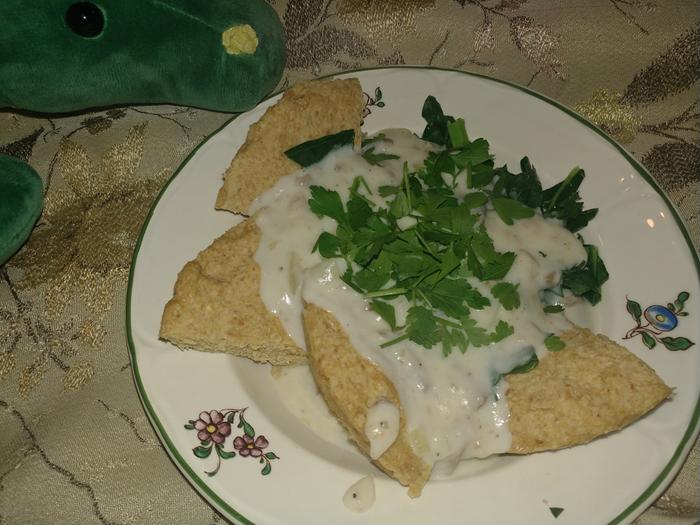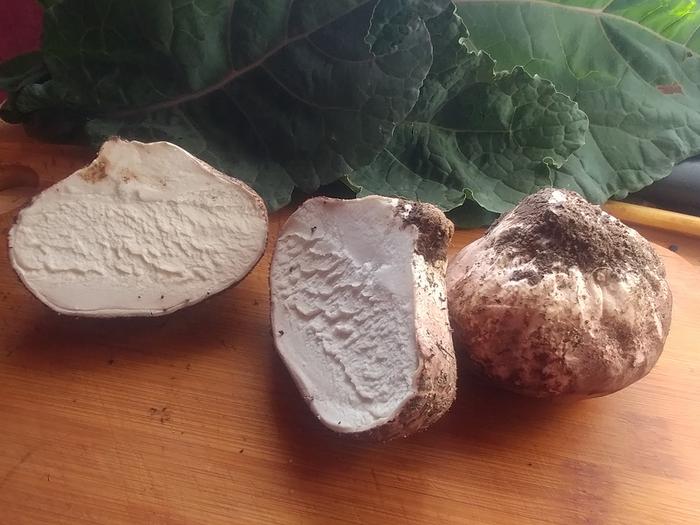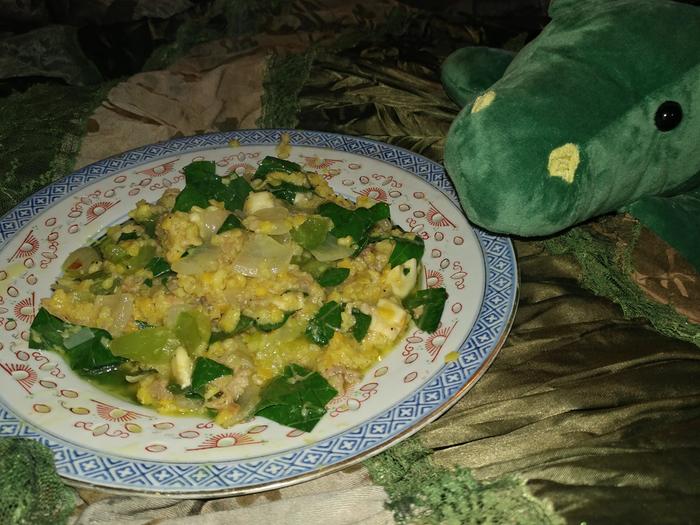Awesome ideas so far - please keep them coming!
Jay Angler wrote:What's the thickness, Burra?
According to little Linguista, who has a very long tongue which speaks both Metric and Imperial, the thickness is 1.8 cm, or 11/16 of an inch. Both staves are the same thickness and length, but different widths.
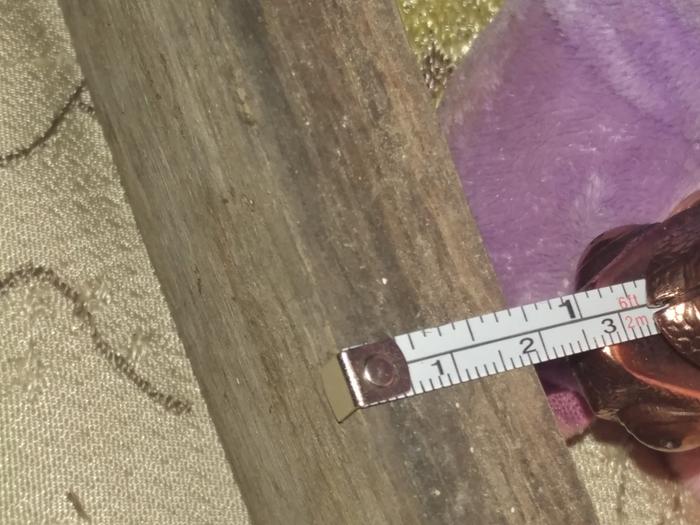
Is it just picture distortion, or are they still holding the barrel curvature. That would make them springy!
Yes, they are both holding the barrel curvature. And possibly more importantly the curvature is the same on each of them.
Is the length 3 ft?
A little under - 34", so 2 ft 10".
Or 86.6 cm
Now, to address the ideas and see which of them begin to take shape...
Signs - we don't really have much use for signs. It's just us, and about three visitors a year.
Dragon drawbride - the dragons love that idea, but I really have no idea where it would go. Plus half the dragons have wings and the others tend to use their bodies as bridges given half a chance. Our school motto was
a fo ben bid bont which translates as
if you would be a leader, be a bridge and they take it a bit literally sometimes. I've caught Serra in the washbasin before now attempting to rescue spiders who couldn't climb up the slippery sides. Excellent idea though, and the dragons are keen and threatening to build castles.
Cutting board - I think the curvature would kybosh this idea.
Serving tray - getting close I think!
Box for jewelry - forced to admit that I have more boxes than jewelry as my late husband developed a habit of making them for me, and then taught my son. I had to start buying things to put in them. And then every time a new dragon appears they raid the boxes and claim a bit to wear because dragons can't resist shiny things so the boxes are all emptying as the dragon population increases.
Wall shelves for small knick knacks - again, forced to admit that I've been using shelving as an excuse to buy any nice piece of stone topped scrap furniture I can lay my hands on for quite some time so I can use all the pretty stones for shelves. In my house 'run out of shelf space' means I've run out of space to put more shelves. I do have a nice collection of interesting stone shelves though!
Coffee table - aaaaand again I've been collecting stone topped ones. Have a lovely one right by the bed with scaly marble that looks like a dragon, with sea-dragon feet. Even the garden is filling up with stone tables.
Bench - if I had more this would be high on the list. But I only have two so unless a load more appear tomorrow...
"The dragons want snow skis!!" - oh dear, I see you can speak dragon... They are planning a trip to go and visit their Auntie Estrela if it snows later this year. She has a bigger mountain than ours and there is a ski resort there.
OK, current ideas involve something like this...

...which is taken from
this site.
We can cut the staves in half, lay them side by side possibly with the wider bits in the middle and the narrower ones to the outside, and have the shaped ends all at one end because it seems a shame to hide them from view as they are so interesting, and instead of metal handles we can use rope ones. Then it can be a serving platter, a fruit bowl, and a dragon-sledge for when they go visiting the Serra da Estrela. And knowing those dragons they can press it into service as a drawbridge too when they can find an excuse to use one.
Keep the ideas coming though, just in case more turn up!











